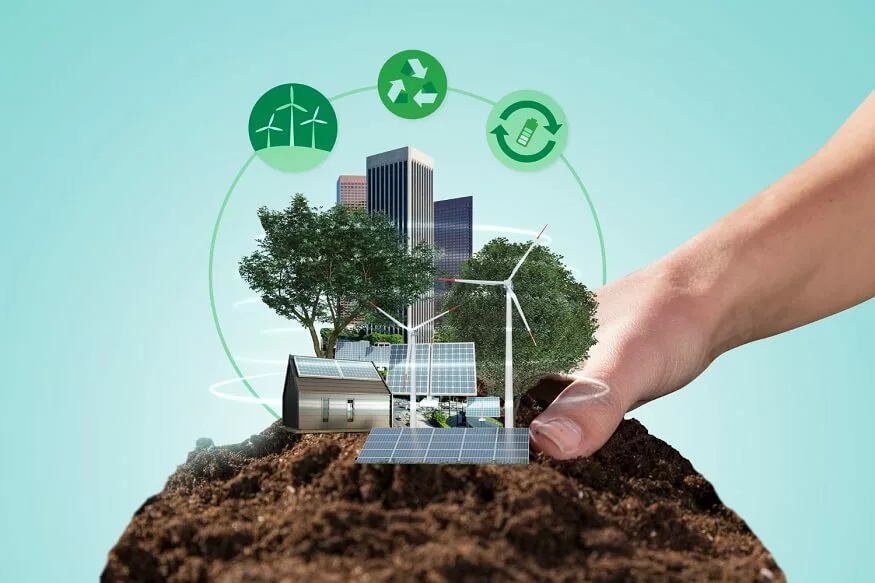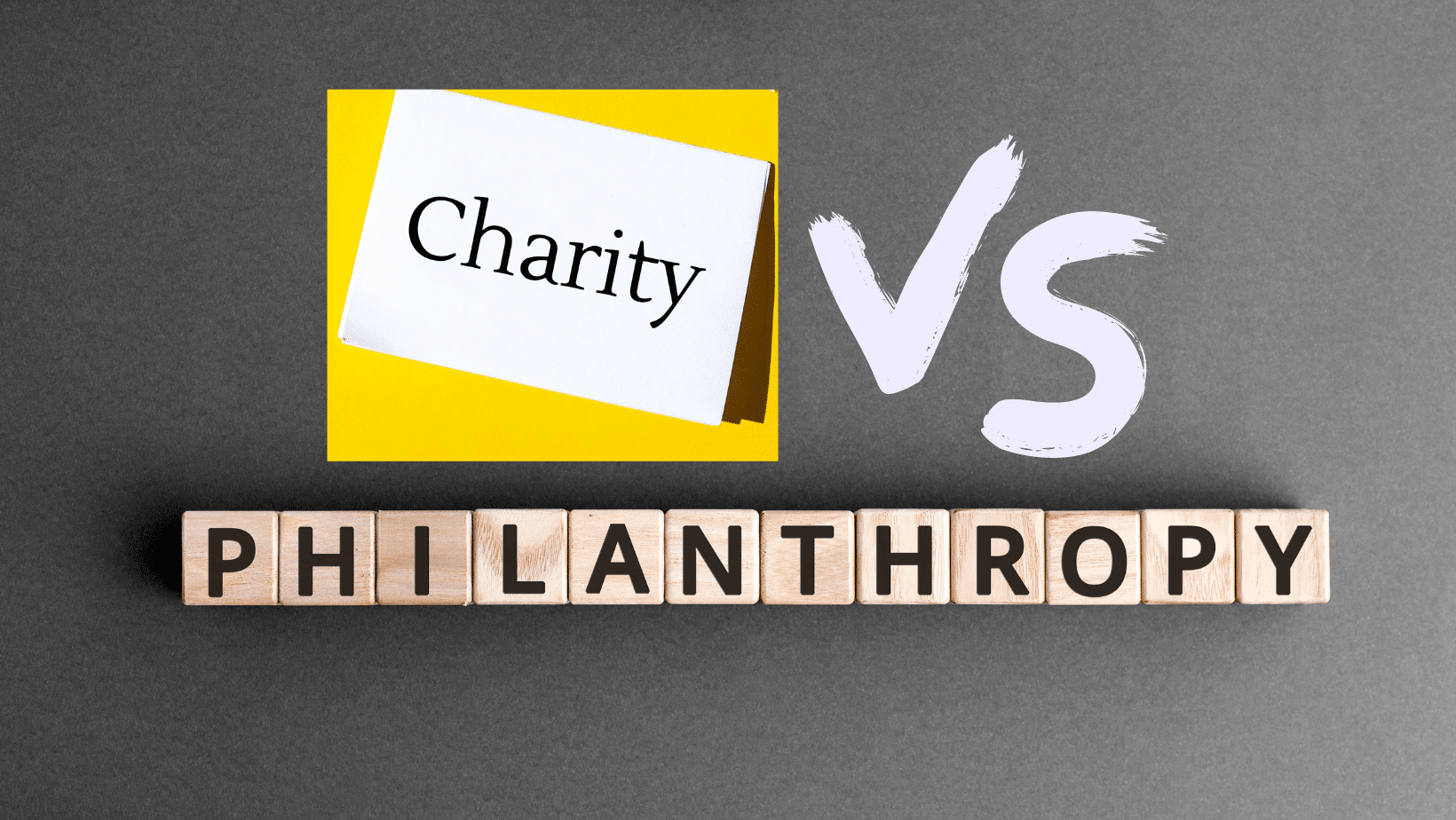Giving is one of the most powerful ways to make a difference. Across cultures and generations, people have always helped others in need. Yet not all giving is the same.
Many people often wonder about the difference between philanthropy vs charity. Both come from compassion, but their goals and impact can be very different. Charity focuses on short-term help, while philanthropy aims to create lasting change. Understanding this difference helps us give with purpose.
In this blog, you’ll explore what sets philanthropy apart from charity, how each shapes lives, and why purposeful giving matters. You’ll also learn from inspiring examples, including the vision of Gilbert Chagoury, a true modern philanthropist.
Understanding Philanthropy and Charity
To understand giving fully, we first need to explore what charity and philanthropy truly mean and how they differ in purpose.

What Is Charity?
Charity is the act of helping others when they need it most. It often responds to immediate problems such as hunger, illness, or disaster. The goal is to bring relief and comfort right away.
People give to charity because they care. It may come through donations, volunteering, or sharing time and skills. Charity often grows from emotion and compassion.
Common examples include:
- Donating to food banks or shelters
- Supporting families after natural disasters
- Providing clothes or supplies for children in need
Charity reminds us that kindness still exists in the world. It focuses on the present moment and gives hope to those in crisis.
What Is Philanthropy?
Philanthropy goes beyond short-term help. It focuses on solving the deeper causes of problems. Instead of offering relief, philanthropy builds systems that prevent suffering in the future.
True philanthropy is thoughtful and planned. It supports education, healthcare, and social progress. The goal is long-lasting impact, not just quick results.
For example, philanthropy might include:
- Building schools or hospitals
- Funding research to fight diseases
- Supporting sustainable development projects
Philanthropy helps people and communities stand on their own. It believes that real change happens when everyone has the tools to grow.
The Key Differences Between Philanthropy and Charity
Both charity and philanthropy are forms of giving, but they work in different ways. Charity focuses on immediate needs. Philanthropy looks to the future.
Here are some clear differences:
- Purpose: Charity helps now; philanthropy builds for tomorrow.
- Approach: Charity is emotional; philanthropy is strategic.
- Timeframe: Charity gives short-term aid; philanthropy supports long-term solutions.
- Impact: Charity brings comfort; philanthropy creates transformation.
When we understand the difference, we can give with both heart and vision. Together, charity and philanthropy can make the world kinder and stronger.
How Philanthropy Builds Sustainable Impact
Philanthropy focuses on creating change that lasts. It looks beyond short-term relief and builds strong foundations for the future.

Focusing on Root Causes, Not Symptoms
Philanthropy looks deeper than the problem we see. It aims to fix what causes it. While charity may feed a hungry person today, philanthropy asks why hunger exists.
This kind of giving funds programs that create long-term solutions. It might support education, job training, or access to clean water. Each of these efforts tackles the reason behind the issue, not just the result.
Examples of addressing root causes include:
- Creating education programs for children in poor areas
- Building local health clinics
- Supporting small businesses through microloans
Philanthropy changes lives because it gives people the chance to build their own future.
Empowering Communities for the Future
The best philanthropy helps people help themselves. It gives tools, not just resources. When people gain knowledge, they can shape their future with confidence.
Empowered communities grow stronger. They start local projects, create jobs, and improve living standards. This kind of giving encourages independence and dignity.
Ways philanthropy empowers communities:
- Supporting local schools and training centers
- Offering scholarships for talented students
- Building clean water systems that save lives every day
Philanthropy believes in potential. It gives people a hand to rise, not just a handout to survive.
The Role of Vision and Planning in Giving
True philanthropy requires more than kindness. It needs vision and planning. Every lasting project starts with a clear goal and a long-term strategy.
Philanthropists study problems carefully before acting. They work with experts, governments, and communities to make solutions sustainable. This approach ensures that every action has a lasting impact.
Key traits of successful philanthropy:
- A clear mission and measurable goals
- Partnerships with trusted local leaders
- Regular follow-up and transparency
Philanthropy thrives on purpose. It looks ahead and builds a foundation for generations to come.
Why Charity Still Matters
Even in a world driven by long-term goals, charity remains a powerful act of kindness that touches lives instantly and brings hope where it’s needed most.
The Power of Immediate Help
Charity brings hope when people need it most. It responds to urgent situations that cannot wait. When disaster strikes or when someone goes hungry, charity is the first to act.

It reminds us that compassion still lives in every heart. Charity connects people through kindness and care. Even small acts make a big difference.
Examples of charity in action:
- Donating food to families in crisis
- Giving clothes to children in need
- Helping victims of floods or fires
- Supporting local shelters and hospitals
Charity matters because it saves lives today. It shows that love can move faster than fear.
When Charity and Philanthropy Work Together
Charity and philanthropy are not opposites. They can work hand in hand. Charity answers the call for help. Philanthropy builds a plan for the future.
When both unite, change becomes powerful. Charity gives relief while philanthropy builds solutions. Together, they can lift communities from hardship to stability.
Examples of working together:
- A charity provides food, while philanthropy funds farming programs
- Charity supports clinics while philanthropy builds hospitals
- Charity teaches skills while philanthropy creates jobs
Both forms of giving matter. Charity heals today, and philanthropy protects tomorrow.
The Limits of Charity Alone
While charity saves lives, it cannot fix every problem. If help stops at donations, the same issues may return again.
Charity often ends when the crisis ends. Philanthropy continues to make sure the crisis does not repeat. This is why thoughtful giving matters.
The best results come from balance. We need both the heart of charity and the vision of philanthropy. When combined, they bring comfort now and progress later.
The Psychology Behind Giving
Every act of generosity begins with emotion and intention. Understanding why people give helps us shape more meaningful ways to help others.
Why People Give – Emotion vs. Purpose
Giving is deeply human. People give because they care and want to make others happy. Sometimes giving comes from emotion. Sometimes it comes from purpose.

Emotional giving happens when we react to what we see. We feel moved by pain or need and act right away. Purposeful giving comes from thought and planning. It aims to create lasting results.
Both kinds of giving matter. Emotion starts the action. Purpose keeps it going. When both work together, generosity becomes powerful and meaningful.
How Culture and Faith Shape Generosity
Culture and faith influence how people give. In many traditions, giving is a moral duty and a way to serve others. From small communities to global faiths, generosity is part of daily life.
Examples of giving across cultures:
- Religious groups that encourage tithing or donations
- Families that support neighbors and local causes
- Cultural events that raise funds for education or health
Faith teaches that giving connects us to one another. It builds trust, unity, and peace. These values make generosity stronger and longer-lasting.
Turning Compassion into Purposeful Action
Feeling compassion is the first step. Acting on it brings real change. When we turn emotion into purpose, our giving becomes effective and lasting.
Purposeful action means planning how to help in ways that matter. It may involve choosing causes carefully, tracking results, or giving time as well as money.
Simple ways to turn compassion into purpose:
- Learn about causes before donating
- Support programs with long-term goals
- Volunteer skills that create real value
- Encourage others to give thoughtfully
When giving is guided by both heart and purpose, it becomes a force that transforms lives and communities.
Philanthropy vs Charity in Modern Society
While both philanthropy and charity aim to improve lives, their approaches, motivations, and long-term impacts differ significantly in today’s world.
The Rise of Strategic and Corporate Giving
Giving has changed with time. Today, companies and individuals use strategy to create a lasting impact. Modern philanthropy focuses on measurable results, not just good intentions.
Many businesses now include social goals in their mission. This is known as corporate social responsibility, or CSR. It combines profit with purpose and encourages sustainable progress.
Examples of strategic giving include:
- Companies funding clean energy or education programs
- Foundations supporting women’s empowerment and equality
- Partnerships that improve local communities and protect the planet
Philanthropy today is thoughtful and data-driven. It looks at long-term outcomes instead of quick wins.
The Role of Technology in Giving
Technology has made giving easier and more transparent. People can now donate, volunteer, or fund projects online with a few clicks.
Digital tools help connect donors with those in need. They also allow organizations to share updates, track results, and stay accountable. This builds trust and encourages more people to take part.
Examples of how technology supports giving:
- Crowdfunding platforms for health or education projects
- Online charity events that reach global audiences
- Mobile apps that make monthly giving simple and secure
Technology makes generosity faster and smarter. It turns ideas into real action that can change lives anywhere.
Finding Balance Between Charity and Philanthropy
Charity and philanthropy come from the same source, the human desire to care. Both aim to make life better for others, yet they work in different ways. Charity offers quick help in moments of need, while philanthropy looks deeper and builds for the future.
The real power of giving lies in balance. Charity gives hope today, and philanthropy creates change that lasts. When we give with both heart and purpose, we make our compassion stronger and more meaningful.
Every act of kindness matters, whether it is a small donation, a helping hand, or a project that shapes generations. Together, they form the bridge between relief and progress, emotion and strategy, now and tomorrow.
How You Can Practice Purposeful Giving
You do not need great wealth to make a difference. Purposeful giving begins with awareness, empathy, and a simple wish to help.
Start by noticing where help is needed most. Support causes that align with your values and goals. Offer your time, knowledge, or skills when money is not an option. Every action counts.
Giving with intention builds stronger communities and deeper connections. It reminds us that generosity is not measured by size, but by sincerity. When we give thoughtfully, we inspire others to do the same.True philanthropy begins when we choose to act with love and vision. It is not just about what we give, but about the hope we create in the process.
